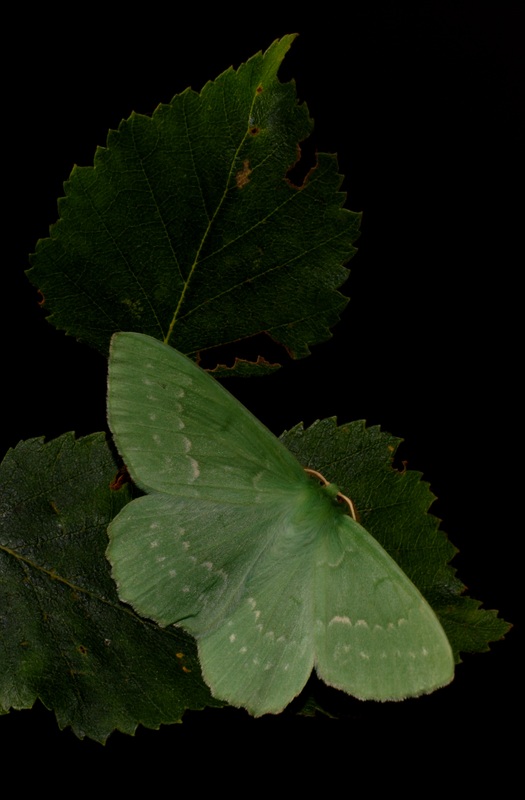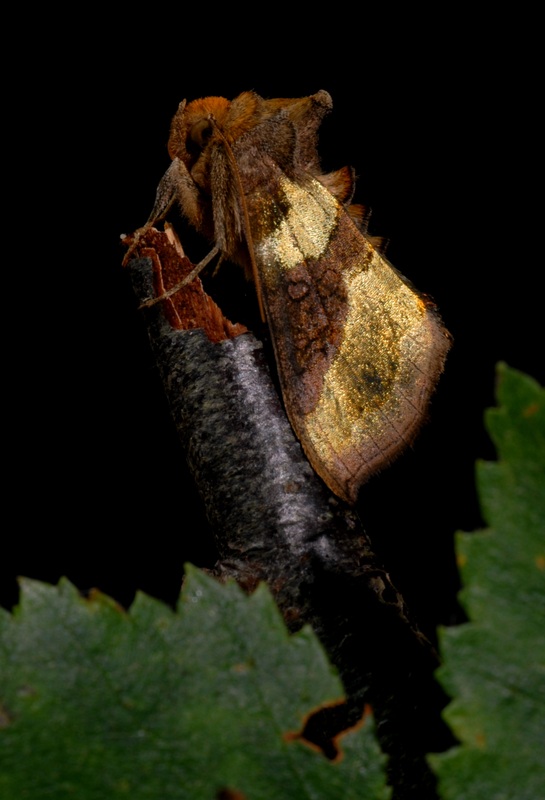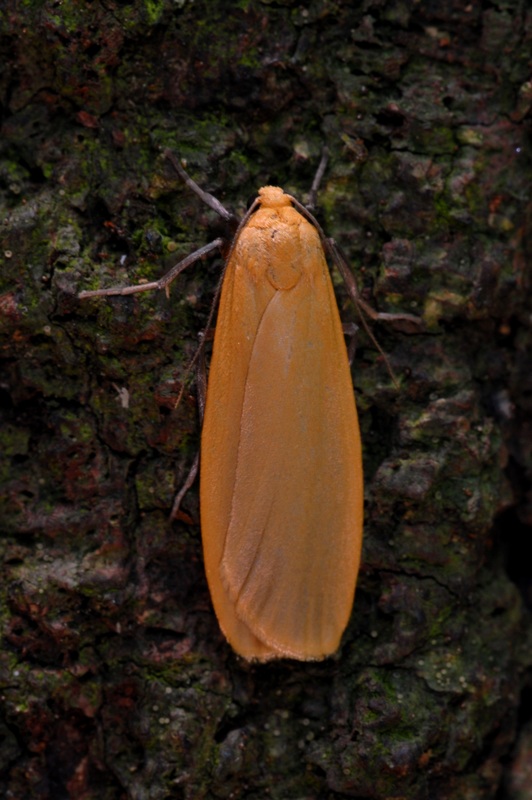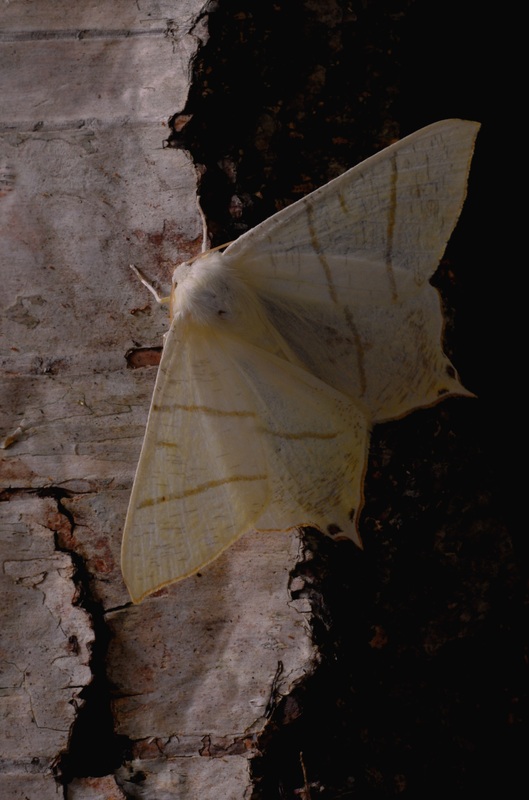Here is Stuart's week 8 report:
"Week eight was another productive week at the trap, with a number of new faces showing up. My personal favourite was the Large Emerald - a large, handsome, green moth with a butterfly-like resting posture. The species has a habit of approaching the light but falling short of the trap; instead, choosing to rest on nearby foliage – exactly where this individual was found, and a possible reason why I have never seen one before.
Other attractive species were the Burnished Brass and the Swallow-tailed Moth. Sadly, like many of our moths, both of these species have suffered significant national declines in recent decades of 57% [1] and 60% [2] respectively. The fortunes of the Buff Footman however, could not have been more different, as the population has increased dramatically over the same period [1], and is another of those species marching northwards. It has been argued that this lichen- and algae-feeding species’ rise is attributable to the positive response of its food to a reduction in some atmospheric pollutants. However, not all lichen-feeders have enjoyed the same fate, indicating that causes behind the change in fortunes for our moths are many and complex."




 RSS Feed
RSS Feed
